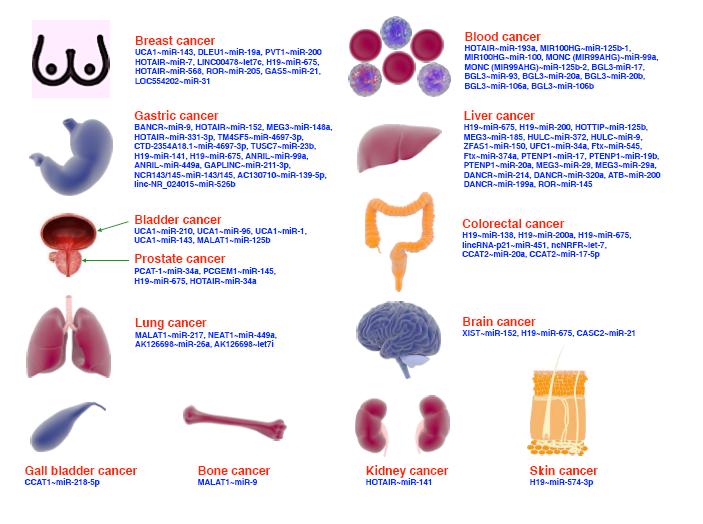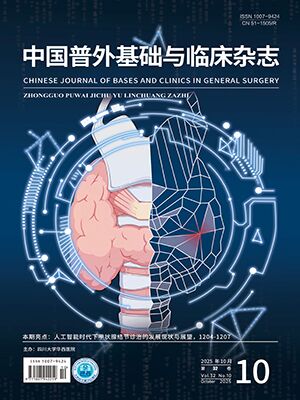| 1. |
Balint R, Farics A, Parti K, et al. Which endovenous ablation method does offer a better long-term technical success in the treatment of the incompetent great saphenous vein? Review. Vascular, 2016, 24(6): 649-657.
|
| 2. |
中华医学会外科学分会血管外科学组, 中国医师协会血管外科医师分会, 中国医疗保健国际交流促进会血管外科分会, 等. 中国慢性静脉疾病诊断与治疗指南. 中华医学杂志, 2019, 99(39): 3047-3061.
|
| 3. |
Radaideh Q, Patel NM, Shammas NW. Iliac vein compression: epidemiology, diagnosis and treatment. Vasc Health Risk Manag, 2019, 15: 115-122.
|
| 4. |
李振振, 肖占祥, 李灼日, 等. Cockett综合征诱发下肢深静脉血栓形成的腔内治疗: 附27例报告. 中国普通外科杂志, 2016, 25(9): 1346-1350.
|
| 5. |
Kingdon J, Gwozdz AM, Morris R, et al. Device profile of the Vici venous stent for chronic iliofemoral venous obstruction recanalization: overview of its safety and efficacy. Expert Rev Med Devices, 2020, 17(5): 391-397.
|
| 6. |
Ziporin SJ, Ifune CK, MacConmara MP, et al. A case of external iliac arteriovenous fistula and high-output cardiac failure after endovenous laser treatment of great saphenous vein. J Vasc Surg, 2010, 51(3): 715-719.
|
| 7. |
Rass K, Frings N, Glowacki P, et al. Same site recurrence is more frequent after endovenous laser ablation compared with high ligation and stripping of the great saphenous vein: 5 year results of a randomized clinical trial (RELACS study). Eur J Vasc Endovasc Surg, 2015, 50(5): 648-656.
|
| 8. |
徐萌, 王海南, 韩双喜. 大隐静脉曲张手术治疗的研究进展. 中国医药指南, 2025, 23(8): 35-37.
|
| 9. |
Raju S, Neglen P. High prevalence of nonthrombotic iliac vein lesions in chronic venous disease: a permissive role in pathogenicity. J Vasc Surg, 2006, 44(1): 136-143.
|
| 10. |
Costa LMG, Tachibana A, Magao FDS, et al. Magnetic resonanceimaging evaluation of left common iliac vein compression in patients with and without symptoms of venous disease. Circ J, 2020, 84(5): 763-768.
|
| 11. |
Cavalcante LP, Souza, JEDS,Pereira R,et al.Iliac vein compression syndrome: literature review. J Vasc Bras, 2015, 14(1): 78-83.
|
| 12. |
Fereydooni A, Stern JR. Contemporary treatment of May-Thurner Syndrome. J Cardiovasc Surg (Torino), 2021, 62(5): 447-455.
|
| 13. |
Yang S, Zhao J, Hou P, et al. Effect of balloon dilatation and stent implantation in iliac vein compression syndrome. Thorac Cardiovasc Surg, 2025 Feb 14. doi: 10.1055/a-2496-5378.
|
| 14. |
Kaltenmeier CT, Erben Y, Indes J, et al. Systematic review of May-Thurner syndrome with emphasis on gender differences. J Vasc Surg Venous Lymphat Disord, 2018, 6(3): 399-407.
|
| 15. |
魏强, 王雅洁, 高玉海, 等. 不同介入方法治疗急性髂股静脉血栓合并髂静脉压迫综合征疗效比较. 浙江临床医学, 2023, 25(7): 1048-1050.
|
| 16. |
Guo Z, Li X, Wang T, et al. Effectiveness of iliac vein stenting combined with high ligation/endovenous laser treatment of the great saphenous veins in patients with Clinical, Etiology, Anatomy, Pathophysiology class 4 to 6 chronic venous disease. J Vasc Surg Venous Lymphat Disord, 2020, 8(1): 74-83.
|
| 17. |
Kong J, Liu P, Li J, et al. Surgical treatment of recurrent varicose veins in the lower limbs associated with endovascular treatment of iliac vein stenosis. Int J Surg, 2018, 50: 110-113.
|
| 18. |
Raju S, Lucas M, Luke C, et al. Long-term improvement of limb reflux prevalence and severity after iliac vein stent placement. J Vasc Surg Venous Lymphat Disord, 2022, 10(3): 640-645.
|
| 19. |
Sawafta K, Yousef F, Hijleh HA, et al. May-Thurner syndrome as an underlying cause of unilateral left-sided deep vein thrombosis in a young healthy female: A case report. Radiol Case Rep, 2025, 20(3): 1740-1744.
|
| 20. |
Zheng B, Liu G, Liu Y. Ultrasound characteristics and risk factors of female patients with pelvic varicose veins and concomitant chronic pelvic pain. J Vasc Surg Venous Lymphat Disord, 2025, 13(2): 102165. doi: 10.1016/j.jvsv.2024.102165.
|
| 21. |
Joh M, Desai KR. Treatment of nonthrombotic iliac vein lesions. Semin Intervent Radiol, 2021, 38(2): 155-159.
|
| 22. |
中国微循环学会周围血管疾病专业委员会. 原发性下肢浅静脉曲张诊治专家共识(2021版). 血管与腔内血管外科杂志, 2021, 7(7): 762-772.
|
| 23. |
Stevens SM, Woller SC, Baumann Kreuziger L, et al. Executive summary: Antithrombotic therapy for VTE disease: Second update of the CHEST guideline and expert panel report. Chest, 2021, 160(6): 2247-2259.
|
| 24. |
Baccellieri D, Ardita V, Pannone A, et al. Factors influencing recurrent varicose vein formation after radiofrequency thermal ablation for truncal reflux performed in two high-volume venous centers. J Vasc Surg Venous Lymphat Disord, 2024, 12(2): 101675. doi: 10.1016/j.jvsv.2023.08.014.
|
| 25. |
黎万华, 王哲, 赵渝. 髂静脉压迫综合征诊疗的研究进展. 中国普外基础与临床杂志, 2023, 30(2): 230-235.
|
| 26. |
赵新宇, 陈世远. 髂静脉压迫综合征诊疗进展. 中华普通外科学文献(电子版), 2021, 15(3): 229-233.
|
| 27. |
Bashar K, Shalan A, Sharafat Ali S, et al. Endovascular versus medical treatment of venous compression syndrome of the iliac vein— A systematic review. Vasa, 2021, 50(1): 22-29.
|
| 28. |
Rohlffs F, Spanos K, Debus ES, et al. Modern image acquisition system reduces radiation exposure to patients and staff during complex endovascular aortic repair. Eur J Vasc Endovasc Surg, 2020, 59(2): 295-300.
|
| 29. |
Haufe FL, Wolf P, Riener R, et al. Biomechanical effects of passive hip springs during walking. J Biomech, 2020, 98: 109432. doi: 10.1016/j.jbiomech.2019.109432.
|
| 30. |
Kearon C, Akl EA, Ornelas J, et al. Antithrombotic therapy for VTE disease: CHEST guideline and expert panel report. Chest, 2016, 149(2): 315-352.
|




